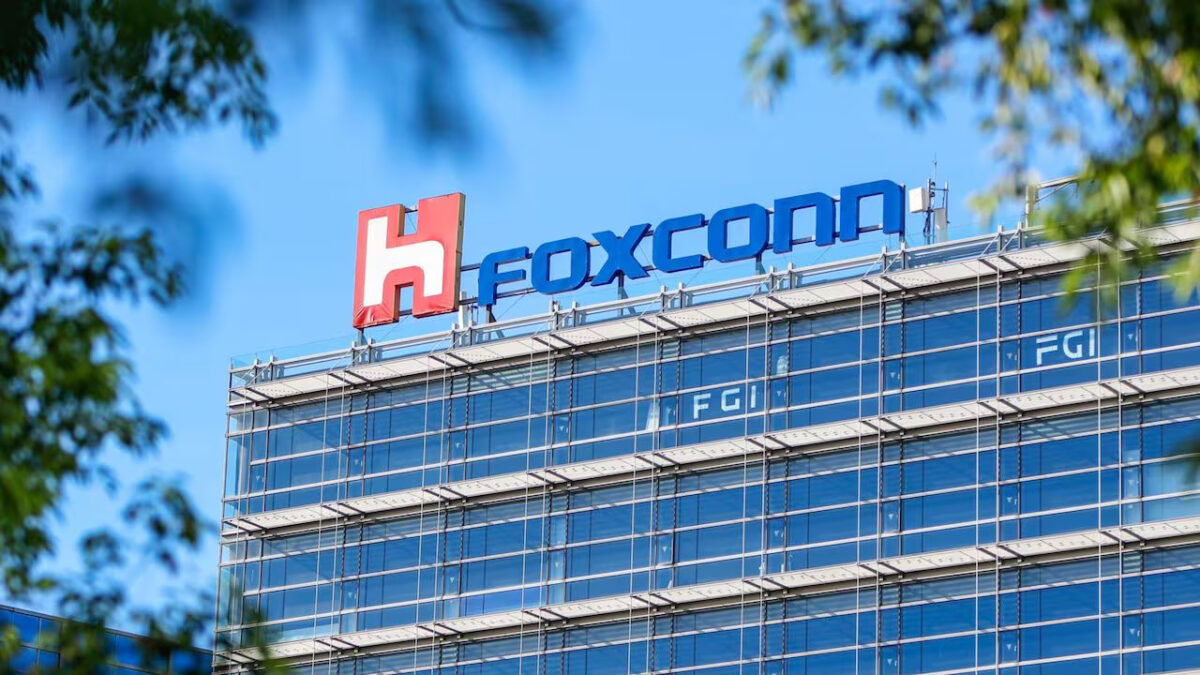India’s leading lenders and NBFCs have announced their Q1 business updates, providing crucial insights into how growth, margins, and deposit mobilization are shaping up in FY26. Let’s take a detailed look at what analysts are saying about Bandhan Bank, Bank of Baroda, AU Small Finance Bank, and Bajaj Finance after their latest numbers.
🏦 Bandhan Bank: CASA Under Pressure, Growth Slows
Key Highlights:
- CASA ratio fell sharply to 27.06% vs. 33.4% YoY and 31.4% QoQ.
- Low-cost deposits declined by 5.8% YoY and 11.8% sequentially.
- Loans and advances grew just 6.4% YoY, but actually contracted 2.5% QoQ to ₹1.34 lakh crore.
- Net profit dropped ~19% YoY to ₹721 crore.
Analyst View:
Nomura downgraded the stock to Neutral, citing:
“Weak deposit and loan growth, margin pressure, and soft fee income remain key concerns.”
Investor Takeaway:
Watch if Bandhan can rebuild its low-cost deposit base and regain growth momentum.
💼 Bank of Baroda: Solid Retail Gains, Margin Concerns
Q1 Snapshot:
- Total business up 11% YoY to ₹26.4 lakh crore.
- Domestic retail advances rose ~17%, deposits grew ~8%.
- Treasury gains partially cushioned margin softness.
Analyst Rating:
Nomura retained a Neutral stance due to margin pressure but noted healthy business growth.
Investor Takeaway:
Expect stable operations with moderate growth; monitor treasury and core fee income trends.
🌟 AU Small Finance Bank: Strong Growth Continues
Performance Highlights:
- Gross advances rose 23.1% YoY, 2.6% QoQ.
- Deposits grew 31.3% YoY, 2.8% QoQ.
- CASA ratio remained robust; CD ratio at ~87.4%.
Analyst Commentary:
Motilal Oswal Financial Services (MOFSL) maintained a Buy rating:
“Healthy growth in advances and deposits demonstrates the bank’s execution strength.”
Investor Takeaway:
AU SFB remains a high-growth play among small finance banks.
💹 Bajaj Finance: Strong AUM and Customer Acquisition
Business Update:
- AUM grew 25% YoY to ₹4.41 lakh crore.
- New loans booked jumped 23% YoY to 13.49 million.
- Deposit book rose 15% YoY to ₹72,100 crore.
Analyst Consensus:
Most brokerages maintained a Buy rating with ~₹915 target, citing consistent execution and growth visibility.
Investor Takeaway:
Bajaj Finance continues to outperform peers, though valuations remain elevated.
🔍 Quick Comparison Table
| Company | Q1 Highlights | Analyst View |
|---|---|---|
| Bandhan Bank | CASA decline, weak growth | Neutral (Nomura) |
| Bank of Baroda | Retail growth, margins under pressure | Neutral (Nomura) |
| AU SFB | Robust advances and deposits | Buy (MOFSL) |
| Bajaj Finance | Strong AUM and loan growth | Buy (Consensus) |
✅ Summary for Investors
These updates underline how deposit costs and lending growth are diverging across banks and NBFCs. While AU SFB and Bajaj Finance are sustaining momentum, Bandhan faces near-term challenges, and Bank of Baroda remains steady with moderate growth.
Top-notch SEBI registered research analyst
Best SEBI registered Intraday tips provider
Telegram | Facebook | Instagram
Call: +91 9624421555 / +91 9624461555





